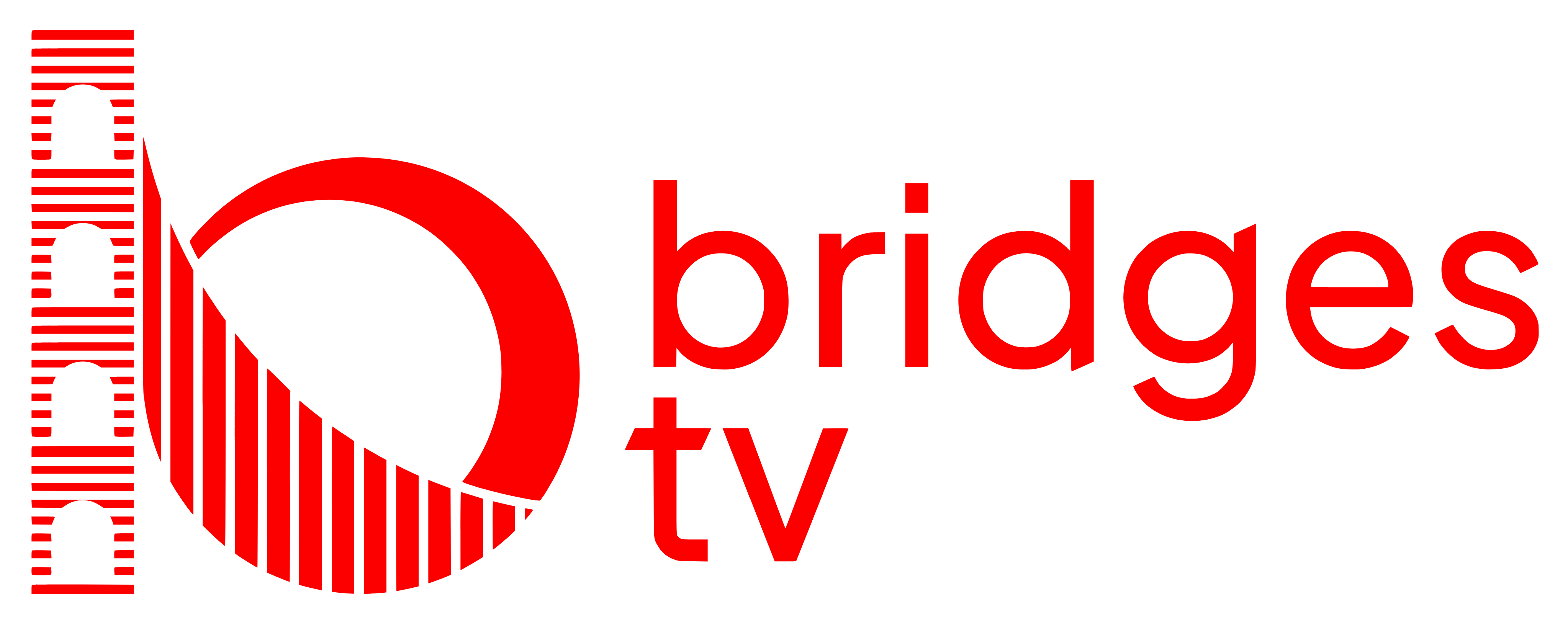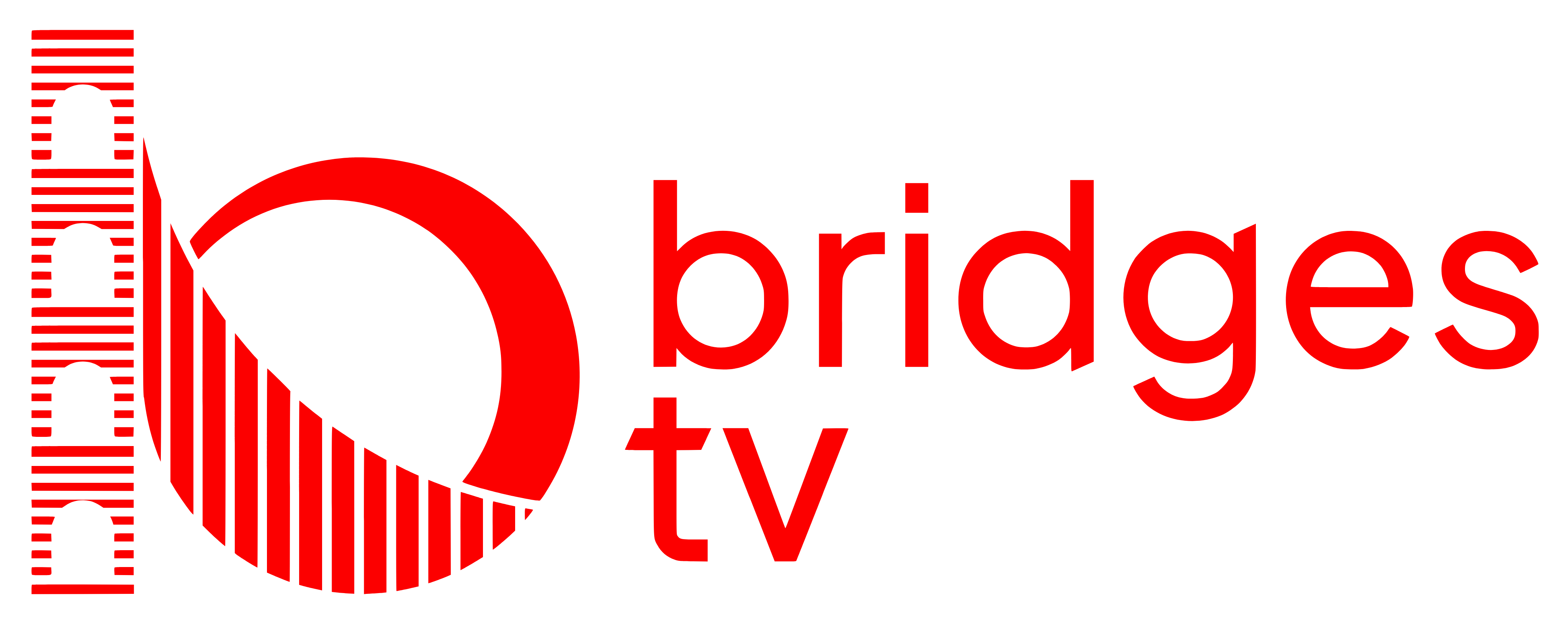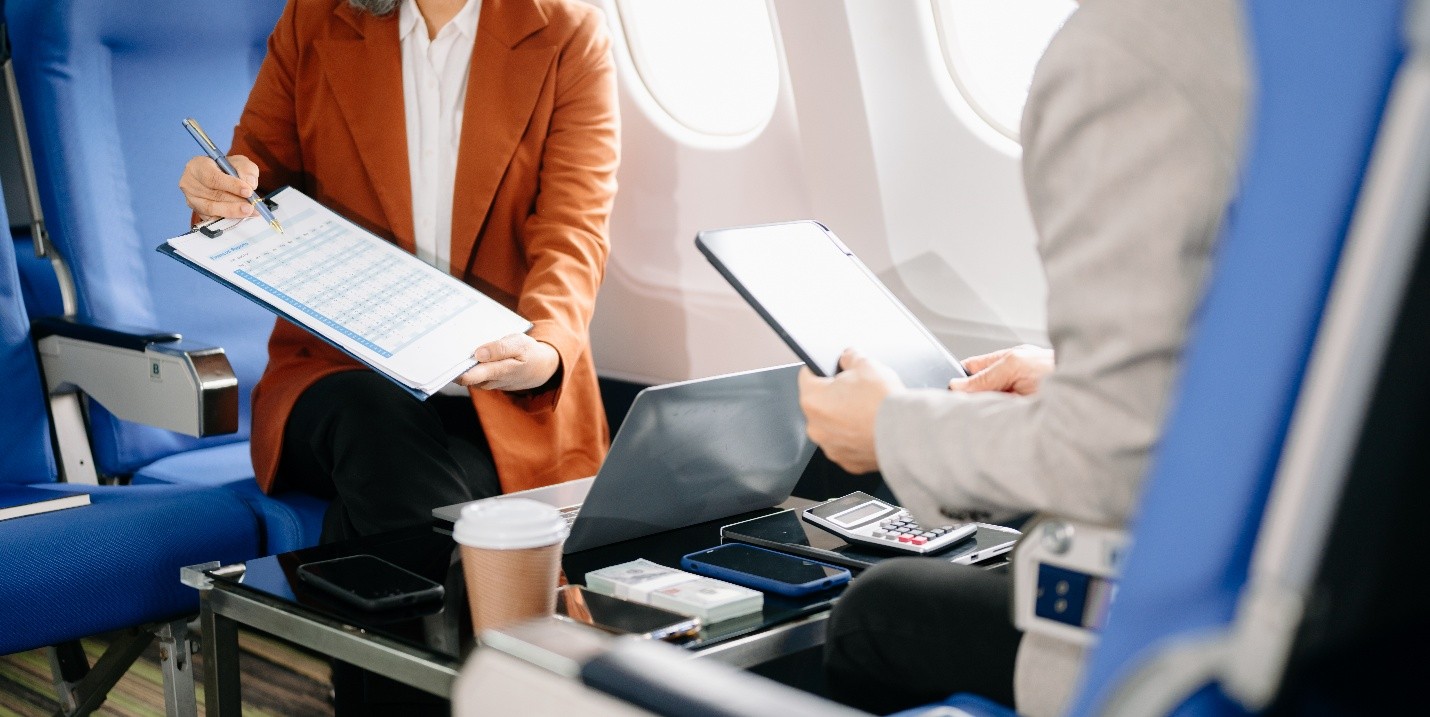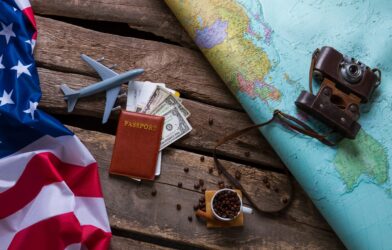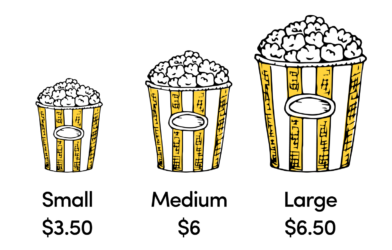You search for a flight on Monday, and the ticket costs €180. By Wednesday, it jumps to €250. On Friday, it suddenly drops again. To the average traveler, airline pricing can feel completely arbitrary, a frustrating game of luck and timing. However, behind those constantly changing numbers lies one of the most sophisticated pricing systems in modern business. What may look random is, in fact, a finely tuned strategy built on data, psychology, and decades of economic innovation.
From Fixed Fares to Flying Algorithms
In the early days of commercial aviation, ticket prices were fixed and regulated. A flight from New York to Chicago costs the same for everyone, regardless of when it was booked. That changed in the late 1970s when the U.S. government deregulated the airline industry. Suddenly, carriers had to compete, and pricing became a powerful tool for survival.
The revolution began with American Airlines and its then-CEO Robert Crandall. In the 1980s, the company introduced a computerized system called Sabre, designed to analyze booking patterns and adjust prices in real time. The concept, known as yield management, allowed airlines to sell the right seat to the right customer at the right price. What started as a cost-saving tool soon became an entire field of data science, shaping how nearly every major airline operates today.
The Economics of the Air: Supply, Demand, and Perishability
At its core, airline pricing follows a simple economic truth: an empty seat on a departing flight is worthless. Once the plane takes off, that potential revenue is gone forever. Because of this, airlines treat seats as perishable goods, adjusting prices constantly to balance demand and maximize earnings.
For example, business travelers, who often book at the last minute and value flexibility, tend to pay higher prices. Leisure travelers, in contrast, plan early and are more price sensitive. Algorithms use this behavior to create dozens of price “buckets” for the same flight. Two passengers sitting side by side might pay completely different fares because they booked at different times or under different conditions.
Seasonality, route popularity, and even local events also matter. A flight to Munich in late September, just before Oktoberfest, will inevitably rise in price as algorithms detect increased demand. The underlying logic is the same as in most markets, supply and demand, but airlines apply it with mathematical precision.
Inside Dynamic Pricing: The Algorithm at Work
Modern airlines use dynamic pricing systems that process enormous amounts of data in real time. These algorithms monitor not only how many seats have been sold, but also how quickly they are selling, how many people are searching for that route, and what competitors are charging.
If a surge of users suddenly looks for flights to Paris, the system might raise prices within minutes. If bookings slow down, it lowers them to stimulate demand. Machine-learning models constantly refine these predictions, learning from past seasons, weather patterns, holidays, and even macroeconomic indicators.
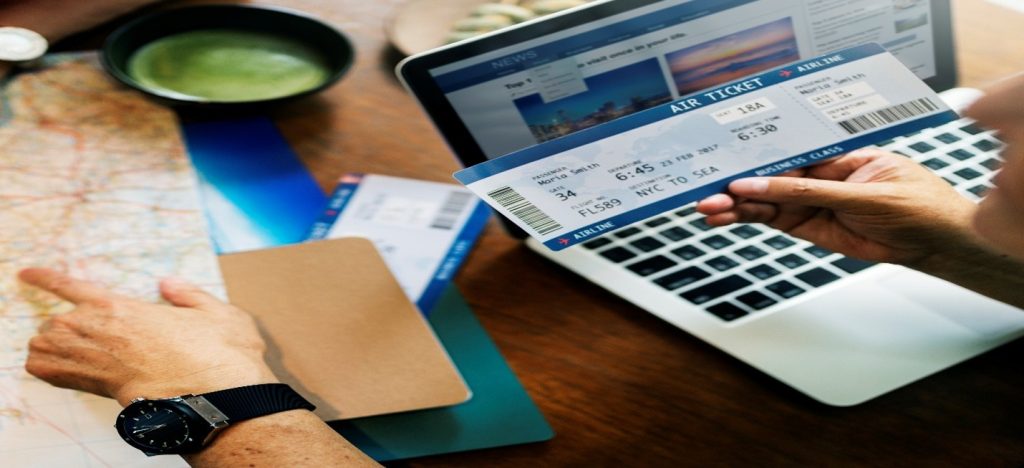
The goal is simple: maximize revenue per available seat while keeping planes as full as possible. It is an art of balance, push prices too high, and seats go unsold; drop them too low, and profit margins shrink. The process runs automatically, 24 hours a day, adjusting every fare in the system thousands of times before the plane ever leaves the ground.
The Psychology of Pricing
Economics is only part of the equation; psychology plays a key role too. Airlines know that travelers respond to urgency and scarcity. That is why booking websites show messages like “Only two seats left at this price!” or “12 people are viewing this flight right now.” These tactics trigger the fear of missing out, encouraging faster purchases.
Airlines also use anchoring, a cognitive bias where consumers judge value relative to other prices. A €400 flight can seem reasonable if the same route was €520 yesterday. Even baggage fees and seat upgrades are structured to look like small add-ons rather than part of the total price, a method known as price partitioning. In reality, these incremental charges generate billions in annual revenue.
Fair or Frustrating?
For consumers, dynamic pricing can feel unfair, especially when fares change within hours. Yet, in economic terms, it keeps the system efficient. Without flexible pricing, airlines would either overcharge cautious early buyers or undercharge last-minute travelers. By adjusting fares dynamically, they fill planes more consistently and can offer competitive prices for those who plan ahead.
The Future of Flying Economics
The next stage of airline pricing is already unfolding. Artificial intelligence helps airlines personalize fares for individual users, factoring in frequent-flyer history, spending behavior, and even device type. In the future, two people searching for the same flight might see entirely different prices based on predictive models of their willingness to pay.
This raises ethical and regulatory questions about fairness and transparency, but it also signals the growing sophistication of digital commerce. Just as airlines pioneered modern pricing strategy decades ago, they continue to define how businesses use data to turn uncertainty into opportunity.
